Regression Testing in an Agile Environment
The Bloomberg Airport terminal in London was destroyed.
The world’s largest coffeehouse chain was forced to close stores in the United States.
The launch of a $1.2 billion military satellite was aborted.
Surprisingly, all of these mishaps have one thing in common: a software bug that causes product failure.
IT spending on enterprise software is expected to total around 483 billion US dollars in 2021, representing a 7.4 percent increase over the previous year.
Statistical
The changing digital environment and changing customer demands encourage businesses to update software with new functions that may interfere with existing functions, affecting overall product performance and, eventually, the brand. To avoid this scenario, developers use high-quality QA (Quality Assurance) testing procedures, one of which is regression testing.
What is regression testing?
Regression testing validates the new code in the existing system and ensures that the software runs smoothly so that changes do not affect core software functionality.
Fundamentals: Regression testing in agile
The concept of regression testing is promoted by agile methodology. It is based on concurrent and continuous iteration of development and testing throughout the SDLC, allowing for quick delivery and the best end-user experience.
In an agile development environment, testers create regression test suites to ensure that new code does not conflict with existing code and that existing code works as expected. This necessitates regression testing in an agile environment.
Best practices: Regression testing in agile
The best practices to bear in mind.
1.Define a regression strategy:
The foundation stone is developing a test strategy, which must include gathering test cases, inspecting areas for improvement, estimating execution time, and categorizing them based on which test cases can be automated and which must be manually implemented. Following these steps will result in effective testing results.
2.Smoke and Sanity test save testing time
While a testing strategy is a good start, it is also important to perform checks that save testers’ quality time and effort, such as smoke and sanity tests. Smoke checks run non-exhaustive tests to validate the core software functions, while the sanity test validates minor changes in the code to ensure that errors have been fixed and no new issues have been introduced.
3.Automate regression testing
According to a recent study, more than 70% of businesses use automation in regression testing because it is a cost-effective and time-efficient way to ensure that the added functionality does not break the entire software. Every time a new feature or piece of code is added to the software, test automation is run.
4.Regularly update regression packs
One of the most important practices to follow is to update regression packs on a regular basis. A new feature is accompanied by a set of test cases known as a regression pack, which is written and drafted with the assistance of a requirement specifications document and must be updated with the software update for effective test results.
5.Continuous testing is a smarter way to test
While Agile and DevOps promote the concept of continuous integration and continuous delivery to accelerate software delivery, this shift left approach encourages testers to test and fail early, improve faster, and ensure quality software development while reducing costs and risks.
Benefits: Regression testing in agile
When implemented in an agile environment, regression testing provides numerous benefits.
- It verifies end-to-end functionalities of the software to build a stable software/application.
- It inspects and corrects functionality issues and related code defects earlier in the SDLC.
- Automating the testing process releases the tester to perform the other essential testing activities.
- Checking frequent iterations deliver high-quality software with great user experience.
Businesses competing in this digital world want to deliver high-quality software quickly, in order to meet the ever-increasing needs of their customers. Regression testing in an agile environment enables such businesses to engineer next-generation software while maintaining product stability throughout the development stages.


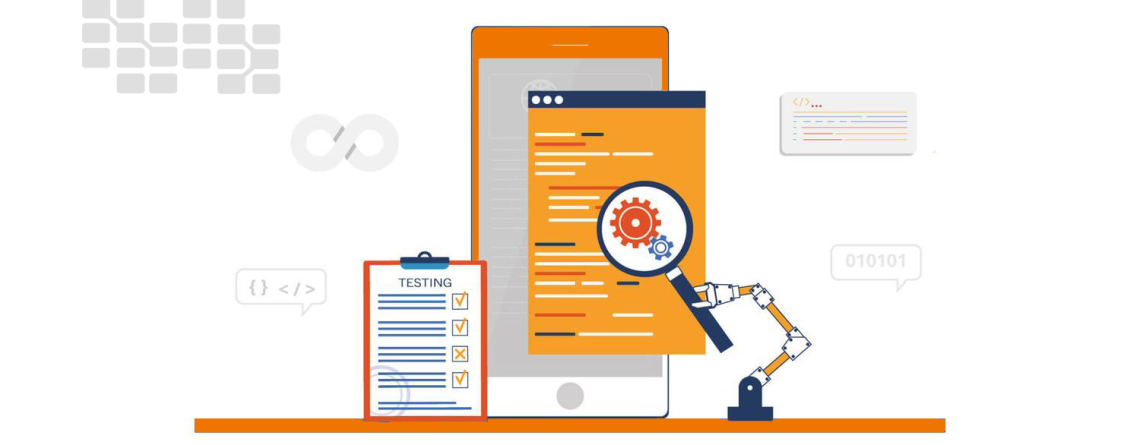

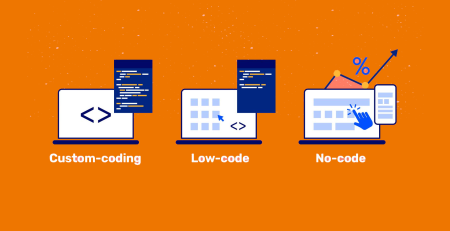
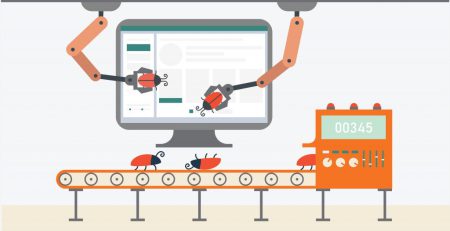

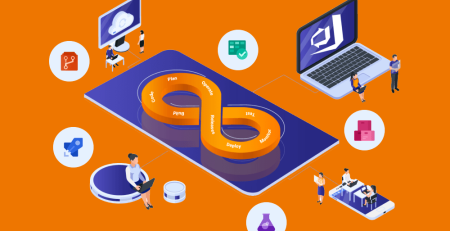


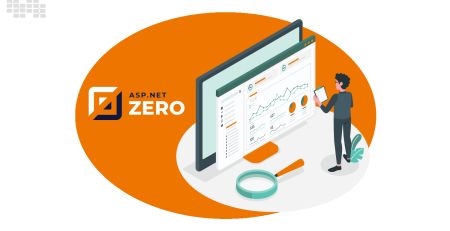


Leave a Reply